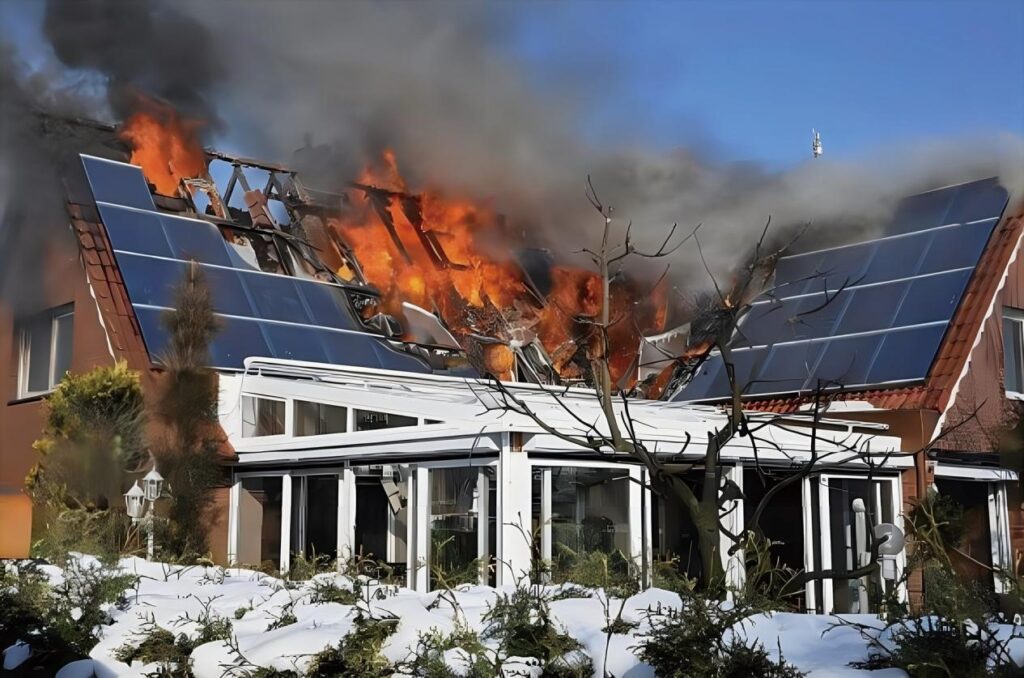With the widespread adoption and expanding application scope of solar energy technologies, PV cable safety concerns are increasingly becoming a focal point in the global energy industry. Despite the lack of official statistical data in the United States on fires caused by PV installations, cases from multiple international countries indicate that faults in PV cables can lead to serious fire incidents.
According to the latest report from Japan’s Consumer Safety Commission, as of November 2017, there were 127 incidents involving rooftop solar installations over a decade, including cases where fires were triggered by cable failures. Specifically, 13 incidents resulted in fires, with 7 fires spreading to rooftops, mainly concentrated in areas where modules directly connect to building structures.
In Germany, data from the Fraunhofer ISE Research Center shows that out of over 1.4 million PV installations, approximately 350 fire incidents occurred, with 120 attributed to cable issues in solar installations. Among these incidents, 75 caused severe damage, with 10 resulting in complete building destruction.
The National Renewable Energy Laboratory (NREL) in the United States conducted research on fire safety standards in the international PV industry, revealing that cable faults are a primary cause of accidents. This echoes findings from an analysis of 23 storage fire incidents in Korea, where all fires were attributed to PV cables.
Despite the United States’ lack of detailed annual records on PV-induced fires, international experience underscores the critical importance of PV cable design, installation, and maintenance. Enhancing cable safety standards, strengthening detection and monitoring measures, and establishing accident reporting and statistical mechanisms are crucial steps for both the PV industry and fire departments to mitigate fire risks.
Addressing this global challenge, PV cable manufacturer Kuka Cable has introduced the new PV cable quality control model SIF. Based on over 11 years of experience, the SIF model comprises 18 major and 23 minor criteria, employing stricter design standards to significantly enhance cable electrical and mechanical performance. Notably, the SIF model achieves an impressive 200% elongation at break before aging, surpassing the current EN50618 standard requirement of 50%.
Kuka Cable asserts that the introduction of the SIF model represents not just a technological innovation but also a critical solution for enhancing PV cable safety worldwide. This initiative aims to reduce the risk of PV cable faults causing fires, safeguarding public safety and buildings, and contributing to the sustainable development of the industry.
